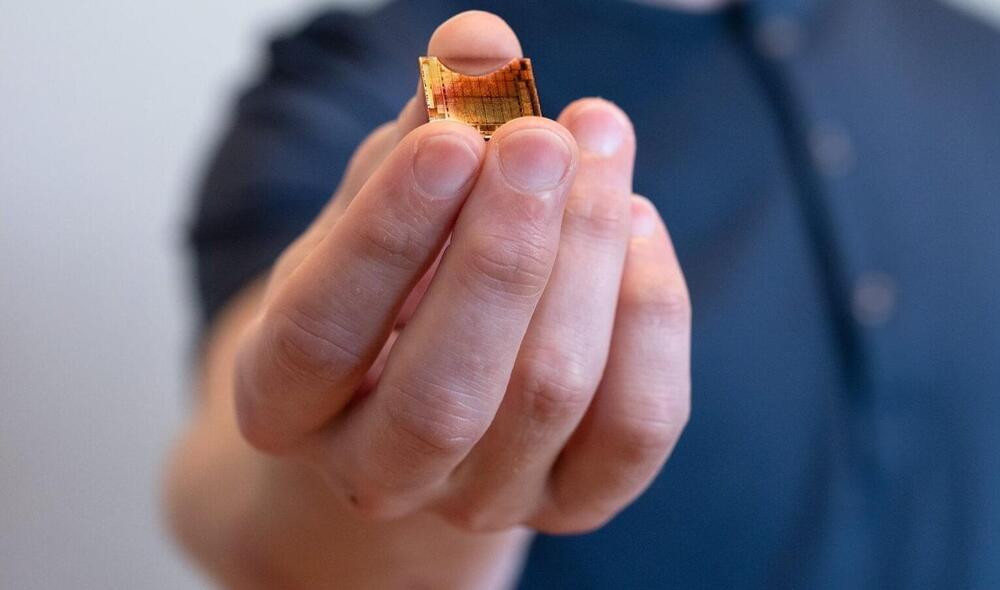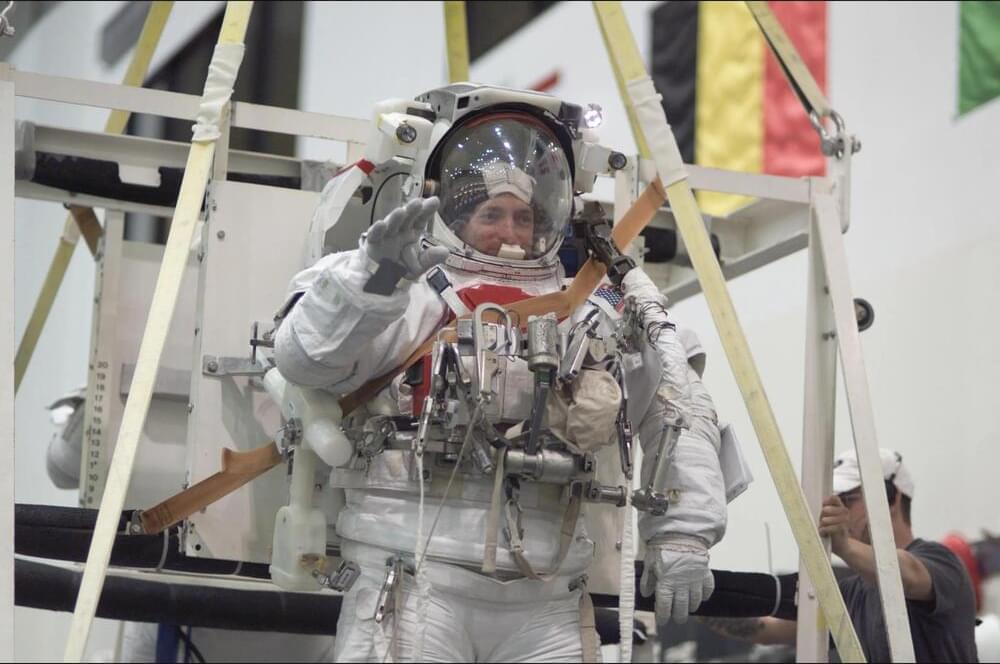Focus on good things: creative activities:
Neura’s 4NE-1 is a humanoid robot capable of carrying out multiple daily and industrial chores, according to the company.
Focus on good things: creative activities:
Neura’s 4NE-1 is a humanoid robot capable of carrying out multiple daily and industrial chores, according to the company.


Self-driving cars occasionally crash because their visual systems can’t always process static or slow-moving objects in 3D space. In that regard, they’re like the monocular vision of many insects, whose compound eyes provide great motion-tracking and a wide field of view but poor depth perception.
Except for the praying mantis.
A praying mantis’s field of view also overlaps between its left and right eyes, creating binocular vision with depth perception in 3D space.
Former Google CEO Eric Schmidt weighs in on where AI is headed, when to “pull the plug” and how to cope with China.

Meta CEO Mark Zuckerberg believes open-source language models like Llama are the future of AI. The company is investing heavily in computing power for its next-generation model and expects AI chatbots to become ubiquitous on websites soon.
Ad.
“I think we’ll look back on Llama 3.1 as a turning point in the industry, where open-source AI started to become the industry standard, like Linux,” Zuckerberg said during the latest earnings call.

If Mark Kelly, the Space Shuttle pilot who played a pivotal role in assembling the International Space Station, is catapulted into the White House as Vice President, he could quickly help reverse the death sentence that NASA’s current leaders have placed on the ISS.
Now a widely popular U.S. senator and potential running mate of Kamala Harris, Kelly spent the first decade of the new millennium ferrying European and Japanese modules to the Station — and guiding gigantic robotic builders to put the ISS together — all while the outpost was circling the planet at 17,000 miles per hour.
The space hero — recently inducted into the pantheon of the greatest American astronauts — is likely part of a contingent of ISS spacefarers who back saving the orbiting icon from NASA’s death decree by boosting it into a higher orbit and transforming it into an eternal monument to human ingenuity, says Rick Tumlinson, a torchbearer in the “Save Our Station,” or SOS movement.
Mathematics application to a new understanding thd world and life and information.
Dr. David Spivak introduces himself as a keynote speaker at the 17th Annual Artificial General Intelligence Conference in Seattle and shares his lifelong passion for math. He discusses his journey from feeling insecure about the world as a child, to grounding his understanding in mathematics.
Dr. Spivak is the Secretary of the Board at the Topos Institute and on the Topos staff as Senior Scientist and Institute Fellow, following an appointment as founding Chief Scientist. Since his PhD from UC Berkeley in 2007, he has worked to bring category-theoretic ideas into science, technology, and society, through novel mathematical research and collaboration with scientists from disciplines including Materials Science, Chemistry, Robotics, Aeronautics, and Computing. His mission at Topos is to help develop the ability for people, organizations, and societies to see more clearly—and hence to serve—the systems that sustain them.
For more information and registration, please visit the Conference website: https://agi-conf.org/2024/
#AGI #AGI24 #AI #Mathematics.

Soon we will need AI to resolve AI complience acts…is it so hard to understand that to follow complexities of AI/ LLMs you will need AI/LLM to catch the small letters of laws.
Noncompliance with the AI Act can result in severe penalties, such as fines of up to 35 million euros or 7% of the company’s total worldwide annual turnover, depending on which figure is bigger.
2029–2030
“If anyone is going to make that step it’s going to be Rockstar,” said Obbe Vermeij, former technical director at Rockstar North.

On Meta’s Wednesday earnings call, CFO Susan Li reiterated to investors that financial returns from its recent AI investments will “come in over a longer period of time.” Zuckerberg was direct about why Meta is spending billions on Nvidia hardware and the other infrastructure ahead of these future returns: “It’s hard to predict how this will trend multiple generations into the future, but at this point, I’d rather risk building capacity before it is needed rather than too late.”
He again telegraphed that the Meta AI assistant is on track to be the most used in the world before the end of the year. While he touted that generative AI features “are things that I think will increase engagement in our products,” he said the real revenue will come from business use cases, like AI creating ads from scratch and letting businesses operate their own AI agents in WhatsApp for customer service.